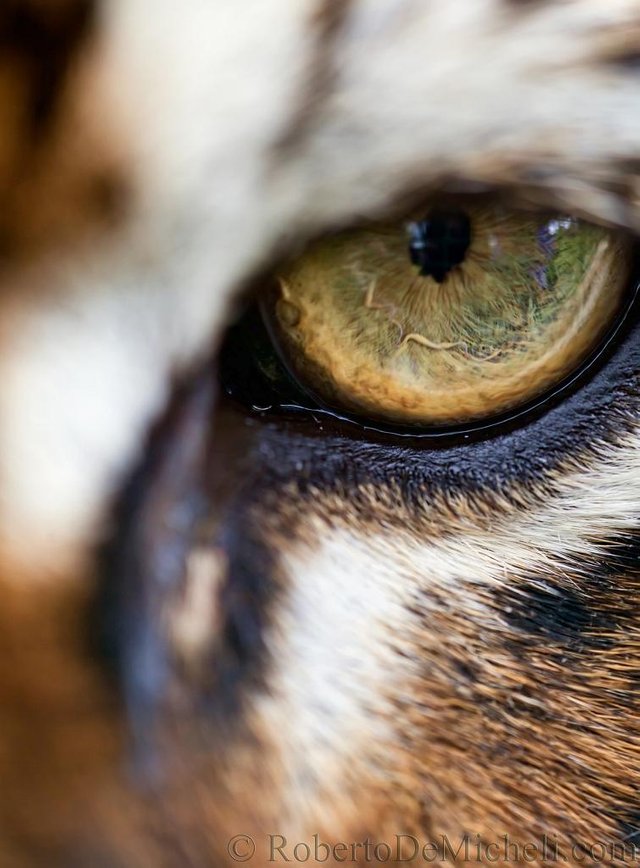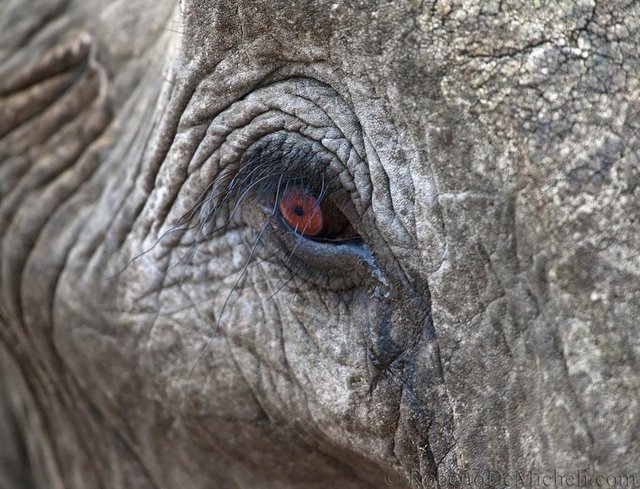Wildlife Photography 1/5
In my humble opinion, there are 5 types of wildlife photos (irrespective of which type of animal is the subject):
- Details
- Close ups
- Full body
- Close environmental
- Large environmental
I will split the post in 5, one per type. I'm making this up as I type so bear with me :)
Let's begin with detail.
The (obvious) idea is to show a small part of an animal. Think of it as macro for large subjects. Usually, the type of animal should be easily discernible, but going "abstract" is a possibility as well.
You typically need either to get very close and personal using a macro lens, or you can be far away with a telephoto lens that allows you to close the gap (the latter may be the only option when you are dealing with wild animals which could be skittish or dangerous or both).
There is one obvious advantage with this type of photography: you are not dependent on the animal doing something interesting. So I find it an useful filler when I am dealing with a subject that is inactive for long times. Another one is that you can disregard the surroundings if they are not desirable (e.g. shooting in a zoo). Of course, when done right, the results can be stunning, which is always good :)
Some examples below:
This is a macro shot of a tiger's eye (a female hybrid (Bengal and something else) one if you are curious). This was taken with a macro lens being a few centimeters from the subject, but through a cage!

A more "abstract" one... This is a macro shot of a female snow leopard's claw. Again through a cage. Lovely kitty :)

This is the eye of an African elephant taken in the wild in the Timbavati Reserve (part of Kruger Park in South Africa), from a jeep, with a long tele (800mm, actually a 400mm + 2x converter)
